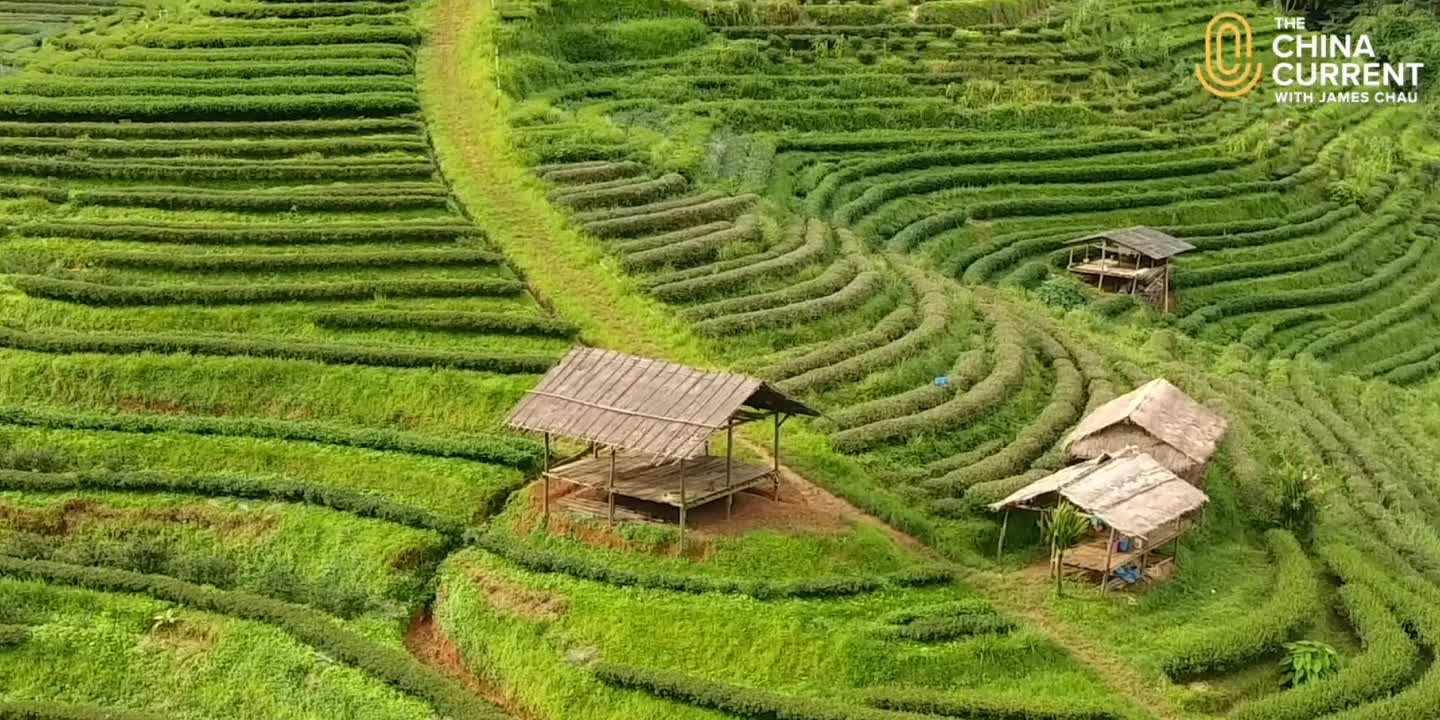我經常帶大家認識很多有份塑造我們未來的人物。多年來我參加了多個氣候會議,包括簽署巴黎協議的聯合國氣候峰會(COP21),訪問了多位世界氣候專家。他們常常警告我們,地球正站在一個十分危險的臨界點。這是一個非常根本的人權問題,並且具有很大的性別面向。我在不同的社區中生活和工作,目睹環境惡化及變遷,令人們生活遇到越來越大的困難。
這個時候,美國宇航局卻告訴我們,地球的綠化面積原來增加了,原因就在於中國和印度。令人驚訝的是,這兩個國家的二氧化碳排放量原本是排在世界前三位,而且像北京、新德里這些城市,早已因為空氣污染嚴重而聞名於世。這是美國宇航局比對過去20年,由人造衛星所收集的數據所得出的結論。
印度朝著科技創新及可持續發展的方向,大力推動農業改革,為這個世界人口第三大的國家提供更多新鮮糧食。中國則極力增加綠化區,動員60,000 軍人去種植更多樹木。建成的森林有助提供更潔淨的水源,為瀕臨絕種的物種提供棲身之所,及舒緩世界氣候變化。自80 年代,沙漠裡比較窮困的牧民都加緊種植樹木和灌溉,一方面可以增加收入,亦可以為地球每年增加2百萬平方里的綠地,相當於整個亞馬遜熱帶雨林的總面積。我曾居住在北京,親身體會了一個城市如何努力克服嚴重的環境問題。
以上的分享讓我們對地球的未來再次充滿希望,即使過去在環保工作方面比較落後的國家也有機會試行新的措施,讓世界重新綠起來
Hi, I'm James Chau, host of The China Current where we meet fascinating people, shaping our shared future. Over the years, I've participated in a number of climate conferences including COP21, where the Paris Agreement was signed.
I've interviewed the global actors who've warned us time and again that we stand at a critical “tipping point”
It’s a human rights issue, very fundamentally……and there is a very strong gender dimension.
And I've lived and worked in communities where the deteriorating environment is creating hardship for people. But NASA now says the world is actually getting greener... and it says that China and India are behind that.
It’s surprising. These are two the top three emitters of carbon dioxide, with cities like Beijing and New Delhi that are infamous for their heavily polluted skies. But NASA says its findings are based on a 20 year comparison, from data collected by its satellites hovering the Earth.
India has made a huge push on agriculture, creating innovative and sustainable solutions to the way it farms. That means more fresh food for the world’s third biggest population. It’s a different emphasis in China, where there’s a race to plant more trees. 60,000 soldiers have been reassigned to combat pollution by expanding forest coverage… to provide clean water, save endangered species, and regulate the climate for our planet.
It’s also in the deserts. Since the 1980s, local herdsmen have been planting, watering and pruning trees…. providing them with an income in areas often associated with extreme poverty. Each year the world is gaining an extra two million square miles of green leaf area, the equivalent of all the Amazon rainforests put together.
I’m fascinated by this story because I lived in Beijing. I know first-hand what it’s like to be in beautiful city… that struggles with environmental problems. But this story provides hope that it’s not too late to save our planet… and that countries with poor track records, may be the ones best-placed to provide the solutions. It’s amazing to see how green two countries have become. If they can do it, we all can.

